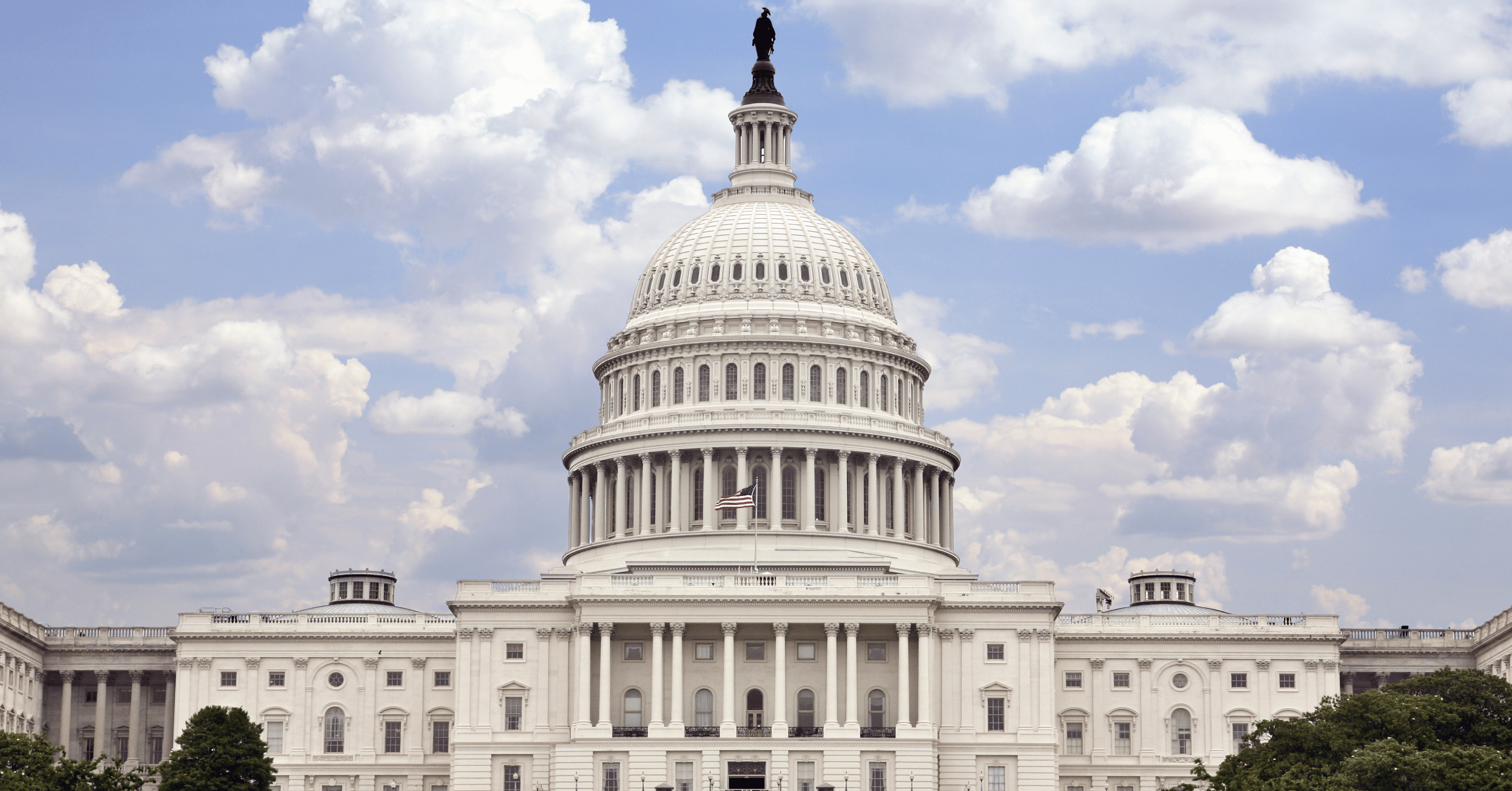Will May Finally Bring an Extension of the TCJA? Here are the Factors to Watch.

It’s May. The flowers are blooming. Spring is in the air.
Will this be the month Republicans in Washington get an extension of the Tax Cuts and Jobs Act through Congress?
House Speaker Mike Johnson has said he would like a bill passed by Memorial Day. With that deadline quickly approaching, the House and Senate are working hard on an extension package.
It remains to be seen if they’ll meet that goal.
But before we dive into the factors at play, let’s back up and look at the TCJA and what an extension could mean for our clients.
The 2017 Tax Cuts & Jobs Act (often called the “Trump Tax Cuts”) is set to expire at the end of 2025. This means that without Congressional action, tax brackets and estate tax exemptions will revert back to their older, higher rates in 2026.
As President Trump campaigned leading up to the 2024 election, he made extending the 2017 tax cuts one of his top priorities. And it continues as a pressing priority of the Administration. In January, Trump called on the House and Senate to pass “one big beautiful bill” of his priorities - including making the 2017 TCJA cuts permanent.
Now, the House and Senate are at work on the bill.
Before we get to the debate over the tax cuts, let’s first outline why it matters to our clients.
First and foremost, if the TCJA expires at the end of 2025, our client's tax bracket rates will revert to their older, higher rates (with some adjustment for inflation). Most of our clients don’t relish the idea of paying higher income taxes.
But there’s another important impact of this debate: What it means for Roth conversions.
Roth conversions are incredibly popular with many of our clients. Last year alone, Roth conversions increased 36% over the previous year.
Today, clients are converting their IRAs and 401(k)s to Roth IRAs and Roth 401(k)s at today’s lower tax bracket rates. But if the TCJA expires, it becomes more expensive to convert going forward.
So what’s the outlook on the TCJA extension? Will our clients have more years to convert at these lower rates?
Here are the factors at play:
- The Republicans hold very narrow majorities in the House and Senate. In the House, Republicans hold the majority by 2 seats. In the Senate, their majority is held by 3 seats. This means that for tax reform legislation to pass, every single Republican must agree to the bill, since the Democrats have indicated they will work to block this piece of the President’s agenda.
- The tax cuts are expensive to extend. By keeping tax rates lower, Congress would be limiting the amount of tax revenue coming to the government in the years ahead. The Congressional Budget Office estimates extending the TCJA could “cost” the government around $4.6 trillion in revenue over the next decade.
- Additionally, the President’s plans to make the tax cuts permanent appear to be off the table. House conservatives have expressed concern with the price tag of a full extension (see the above estimate of $4.6 trillion over 10 years). So House and Senate leaders are currently debating options to extend the tax cuts for only a limited number of years, and including offsets in the bill to cover the costs of the extension. Currently, House Republicans are aiming for a reduction of $2 trillion in spending over the next decade.
So far, the Senate has agreed to consider the tax cut extension under a process known as “reconciliation,” which limits any potential filibuster. The Senate has passed - and the House has adopted - a budget resolution that allows for the fiscal parameters to extend the tax cuts.
And now, we await the passage of a final extension bill.
Speaker of the House Mike Johnson has said he would like the House to pass its tax legislation by Memorial Day weekend. Treasury Secretary Scott Bessent has said the goal is to have the tax portion of President Trump’s agenda passed by the Fourth of July.
We’re waiting to see if those timelines are reasonable.
So, how do we help our clients plan when tax rates are up in the air?
Here are four key things we can help our clients evaluate as they consider converting funds:
- For 2025, Roth conversion assets will be taxed at today’s lower tax bracket rates. So, converting funds this year could be critical for clients looking to take advantage of these lower rates.
- We can be hopeful that rates will continue to stay low for several more years, as Congress is working hard on a temporary extension of the TCJA.
- Over time, however, it is highly likely that we are entering into a rising tax rate environment. As the current debate over extending the TJCA shows, it can be expensive for our government to keep tax bracket rates low, and there is no current consensus in Washington to do so.
- There are actions we can take today to protect against the risk of rising taxes. Most importantly, we can leverage the lower tax-rate environment of today to plan for the rising tax-rate environment of the future. So the time to get serious about diversifying the tax status of retirement assets is now.
- Tax bracket rates are only one consideration in Roth conversion timing and structure. Other government fees - like IRMAA - also come into play. (For a deeper dive on all the factors impacting your client’s Roth conversion strategy, I encourage you to read this blog post I wrote on IRMAA, Tax Drift - and why it all needs to be evaluated when converting funds.)
If you’re helping clients evaluate Roth conversion strategies, I recommend checking out Stonewood’s new Roth Done Right software, which can help develop a more complete analysis in today’s uncertain tax-rate environment.
One thing is clear: Taxes are a hot topic in Washington, and the debate is heated. Successful advisors will be the ones who help their clients prepare - not just for the tax debates of today, but for all the tax changes that could come in the years ahead.

.png)
